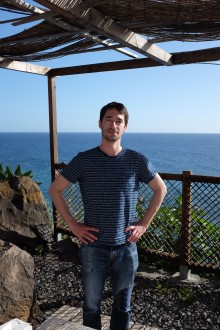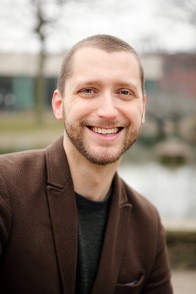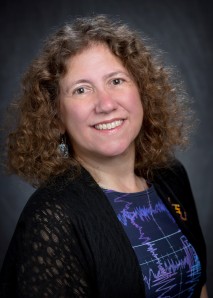We are delighted to award Charlie Hoy and Lasse Schmieding the CQG-sponsored best student talk prize, for their talks at the recent Britgrav 2019 conference, held at Durham University.
BritGrav (British Gravity Meeting) is an annual conference, based in the United Kingdom and Ireland, which covers the full range of gravitational physics. A particular aim of the meeting is to give graduate students and postdocs the opportunity to present their work. Classical and Quantum Gravity is the long-standing sponsor of the conference.

Charlie Hoy (left) and Lasse Schmieding
The judging panel* remarked on the particularly high standard of talks at this year’s meeting, and after much deliberation decided to give a joint award. Please see below for details of the winning talks.
The winners will each receive from CQG a £50 Amazon voucher and certificate. Congratulations again to Charlie and Lasse!
Ben Sheard, CQG Publisher
*Judging Panel:
Dr. Timothy Clifton, Queen Mary University of London
Prof. Atsushi Higushi, University of York
Dr. Baojiu Li, Durham University
Dr. Alex Peach, Durham University
Prof. Elizabeth Winstanley, University of Sheffield
Details of winning talks:
Charlie Hoy, Cardiff University
PhD supervisors: Professor Stephen Fairhurst and Professor Mark Hannam
Title of talk: Exploring the measurability of precession
Abstract: For binary black hole coalescences with spins misaligned with the total orbital angular momentum, the orbital plane of the binary precesses around the Continue reading











You must be logged in to post a comment.